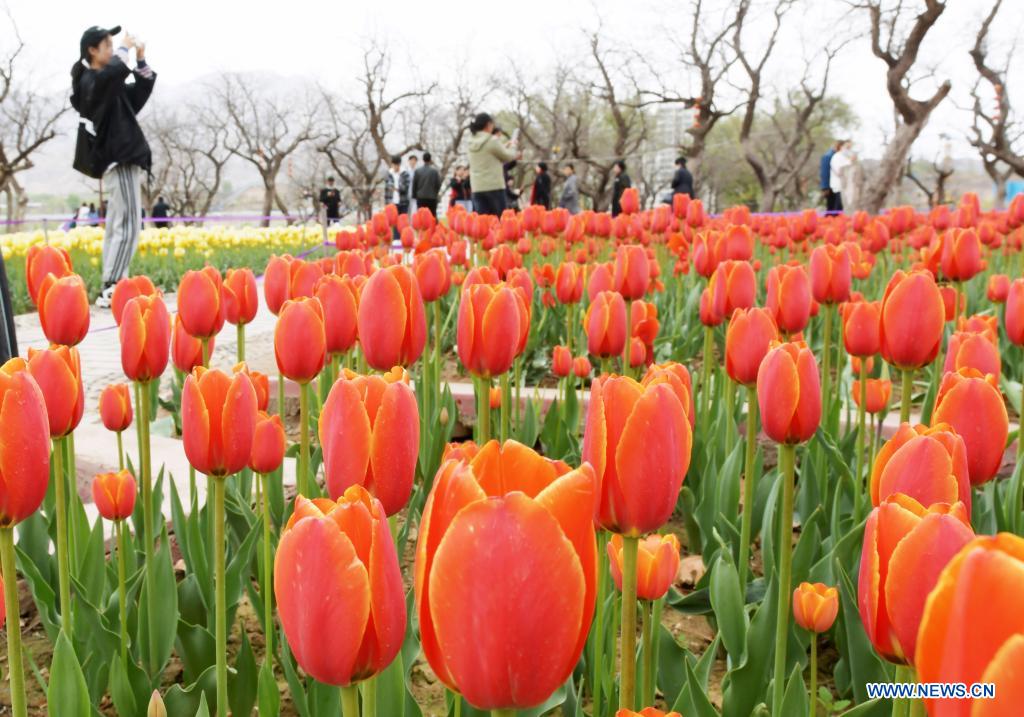

In the 1972 communique, China waived the right to war compensation, which some experts say was in exchange for Japan’s apology and recognition of China as the only legal government. Japan also brought nearly 40,000 Chinese laborers to Japanese mines and factories, where many died of malnutrition and abuse. Japanese atrocities during the Sino-Japanese war include the Rape of Nanking, the use of chemical and biological weapons and grisly human medical experiments in Manchuria, where Japan’s imperial army had a secret biological weapons unit. The two countries were at war, starting with clashes in the 1930s, until Japan’s defeat in 1945. With Japan’s westernmost island just east of Taiwan, “It is increasingly difficult to see how a Taiwan military contingency would not affect at a minimum the waters and airspace around Japanese territory,” said Amanda Hsiao, senior analyst for China at the Crisis Group. Japan is currently revising its national security strategy, which is expected to call for the possession of preemptive strike capabilities that opponents say would violate the country’s pacifist constitution. Fear of conflict over Taiwan adds to Japan’s urgent efforts to reinforce its military capabilities and boost its budget. House Speaker Nancy Pelosi’s Taipei visit, and fired five ballistic missiles into waters near Okinawa.

Tokyo is shifting its military posture toward southwestern Japan, including Okinawa and remote islands just east of Taiwan.Ĭhina staged major military drills in areas surrounding Taiwan in August in an angry response to U.S. China’s increased joint military drills with Russia near Japanese coasts have also irked Japan.

With a U.S.-China trade war and naval tensions on the rise in the area, Japan is increasingly worried about Taiwan emergencies. China claims Taiwan, a self-governing democracy, and has threatened to annex it by force if necessary. Tokyo has also pushed for peace and stability in the Taiwan Strait. Japan, along with its security ally the United States, has openly criticized increased Chinese activities in the South China Seas. Chinese coast guard and fishing boats are regularly found in the area, routinely violating Japanese waters. The 1972 normalization communique did not deal with the issue, but the dispute intensified after Japan’s government in 2012 nationalized the Senkaku islands, leading to violent protests across China. The disputed islands are surrounded by rich fishing grounds and undersea oil deposits, and Japan accuses China of suddenly making its territorial claims after the undersea resources were found in a 1969 United Nations report. China says they were stolen by Japan in 1895 and should have been returned at the end of World War II. Japan insists that the islands, which once hosted a Japanese seafood factory, are part of its territory, both historically and by international law. Here are the key issues in the often -trained relations between these powerhouse neighbors:Ī huge source of contention is an uninhabited group of Tokyo-controlled, Beijing-claimed East China Sea islands called Senkaku in Japan and Diaoyu in China. Improved ties between Asia’s two biggest economies are considered vital to the region’s stability and prosperity, but they remain at odds over disputed East China Sea islands and China’s growing military and economic assertiveness in the region. Japan and China on Thursday mark the 50th anniversary of the 1972 normalization of their ties, but there isn’t much of a celebratory mood.


 0 kommentar(er)
0 kommentar(er)
